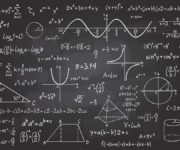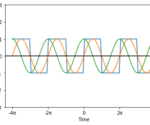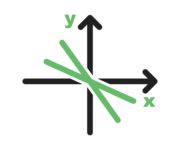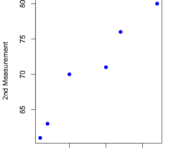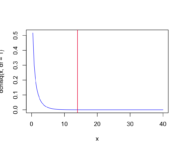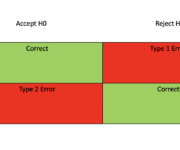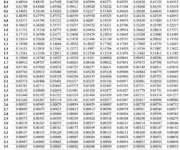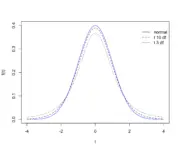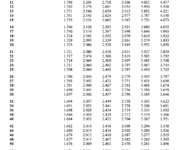Mathematics for Machine Learning Archive
What is the Best Math Course for Machine Learning
On June 7, 2022 In Deep Learning, Machine Learning, Mathematics for Machine Learning
Learning the required mathematics is often perceived as one of the biggest obstacles by people trying to get started in machine learning. Mathematical concepts from linear algebra, statistics, and calculus are foundational to many machine learning algorithms. Luckily, the past several years have seen the proliferation of several online courses and other learning resources.
The Fourier Transform and Its Math Explained From Scratch
On April 12, 2022 In Mathematics for Machine Learning
In this post we will build the mathematical knowledge for understanding the Fourier Transform from the very foundations. In the first section we will briefly discuss sinusoidal function and complex numbers as they relate to Fourier transforms. Next, we will develop an understanding of Fourier series and how we can approximate periodic functions using
How to Find Vector Projections
On January 27, 2022 In Mathematics for Machine Learning
In this post, we learn how to perform vector projections and scalar projections. In the process, we also look at the basis of a vector space and how to perform a change of basis. What is a Vector Projection? A vector projection of a vector a onto another vector b is the orthogonal projection
T-Tests: A comprehensive introduction
On June 14, 2021 In Mathematics for Machine Learning, Probability and Statistics
In this post, we define the t-test in statistics, explain what different t-tests exist, and demonstrate by example how we can use them to find the differences between means in various scenarios. What is a T-Test? The t-test tests the significance of the difference of measured means. Differences can be measured within the same
What Math is Required for Machine Learning?
On June 13, 2021 In Mathematics for Machine Learning
You are probably here because you are thinking about entering the exciting field of machine learning. But on your road to mastery, you see a big roadblock that scares you. It is called math. Perhaps your last math class was in high school and you are from a non-technical background. Perhaps you have worked
Chi-Square Test for Independence and Goodness of Fit
On May 5, 2021 In Mathematics for Machine Learning, Probability and Statistics
In this post, we will introduce the chi-square test. We discuss how to calculate a chi-square statistic, how to perform a chi-square test for independence, and finally how to use the chi-square test for goodness of fit. What is a Chi-Square Test? Pearson’s chi-square test in statistics measures the difference between an observed value
Type 1 and Type 2 Error
On April 18, 2021 In Mathematics for Machine Learning, None, Probability and Statistics
When you are testing hypotheses, you might encounter type 1 and type 2 errors. Identifying them and dealing with them is essential for setting up statistical testing scenarios. They also play a huge role in machine learning. What is a Type 1 Error in Statistics? When you reject the null hypothesis although it is
Z Score Table for Confidence Intervals
On April 13, 2021 In Mathematics for Machine Learning, Probability and Statistics
Negative Z Table These are z-values to the left of the mean. Positive Z Table These are z-values to the right of the mean. Two-Sided Z-Score Table These are z_Value to the left and the right of the mean.
Student’s T-Distribution
On April 12, 2021 In Mathematics for Machine Learning, Probability and Statistics
In this post we introduce student’s t-distribution and learn how to construct t-confidence intervals. The t distribution is usually applied when you want to estimate the mean of normally distributed data but the sample size is small and you don’t know the population standard deviation. Like the Chi-Square distribution, it relies on degrees of
T- Distribution Table
On April 12, 2021 In Mathematics for Machine Learning, Probability and Statistics
